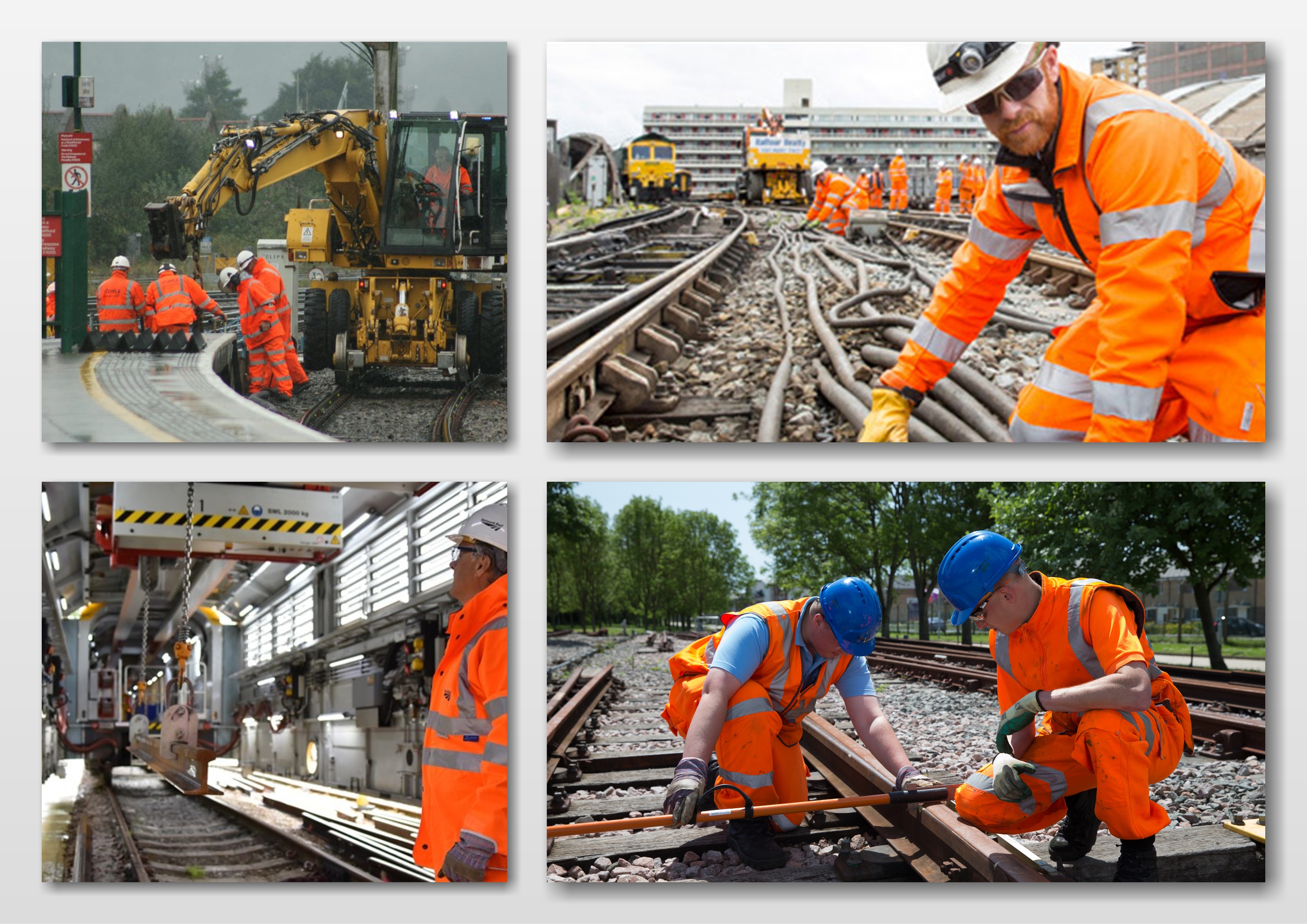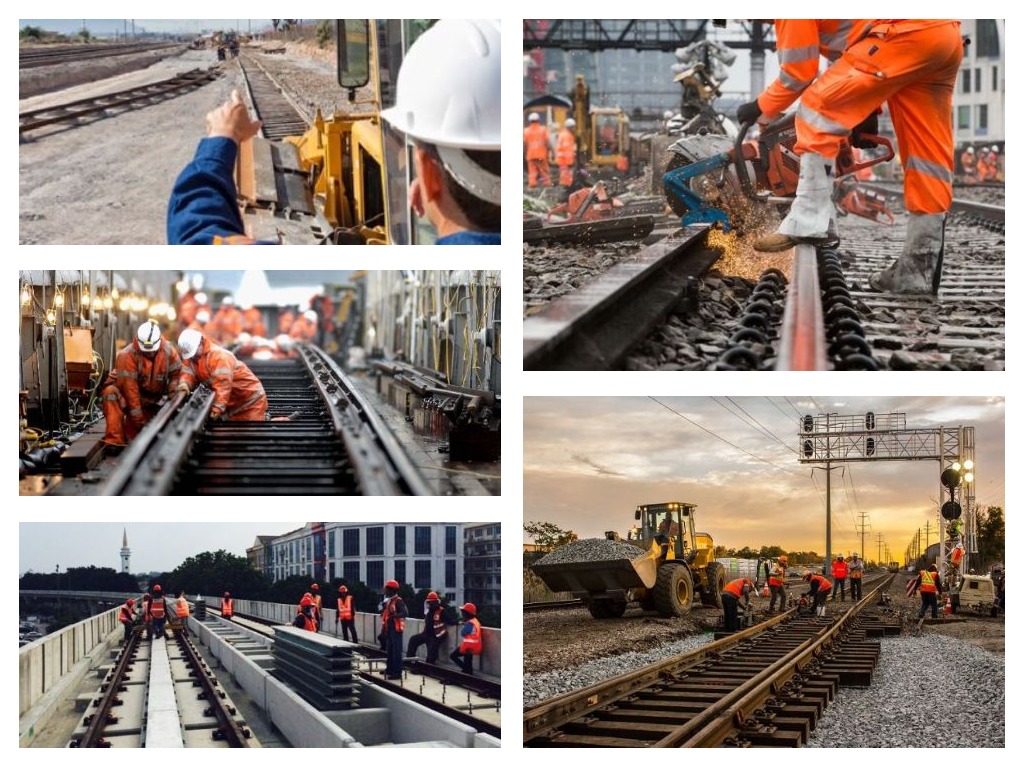| Knowledge of BS, HA, NR and Eurocode design standards |
Standards play an increasing role in modern construction and engineering work as teams try to co-ordinate work and ensure best practice across a range of disciplines. |
| MicroStation |
Liverpool to Manchester electrification project, Balfour Beatty Rail used MicroStation draughting and allocation for the bridge cross-sections, OLE layouts and bonding. |
| APM and Prince2 |
Prince2 and the Association for Project Management’s APMP are the starting points for anyone serious about a career in project management |
| Be a Big Data wizard |
Like every other industry, rail is currently infatuated by Big Data, which promises to produce startling and valuable business insights. Key areas of interest include everything from calculating the value of a customer to the impact of price variations and how to time trains more cost effectively. |
| Hazop analysis |
Hazard and operability study skills will give you a big leg-up. Hazop expertise means you’ll know how to map out risk scenarios methodically, how to set up response processes, and be familiar with the vocabulary used in the industry during Hazop analysis. |



.jpg)